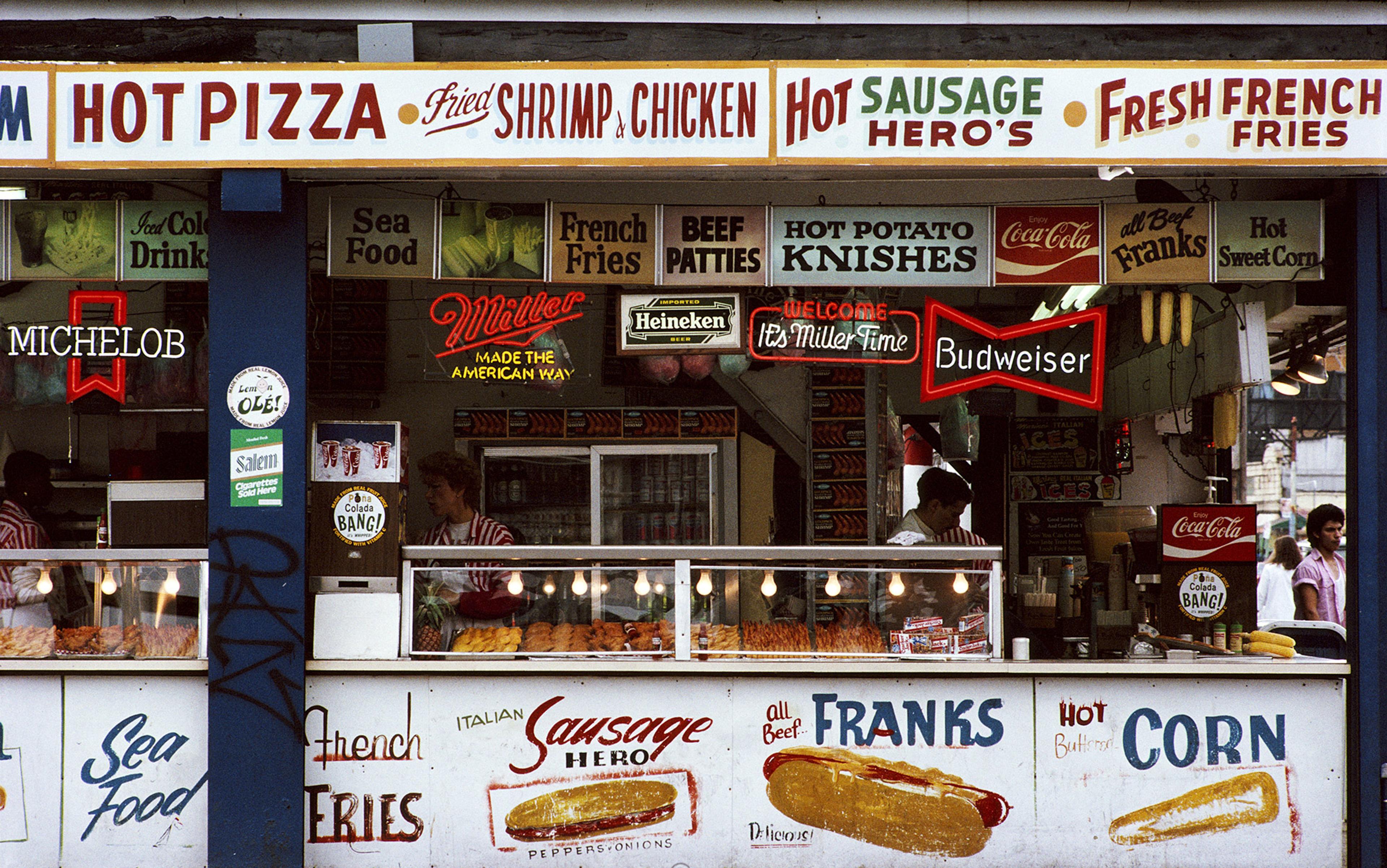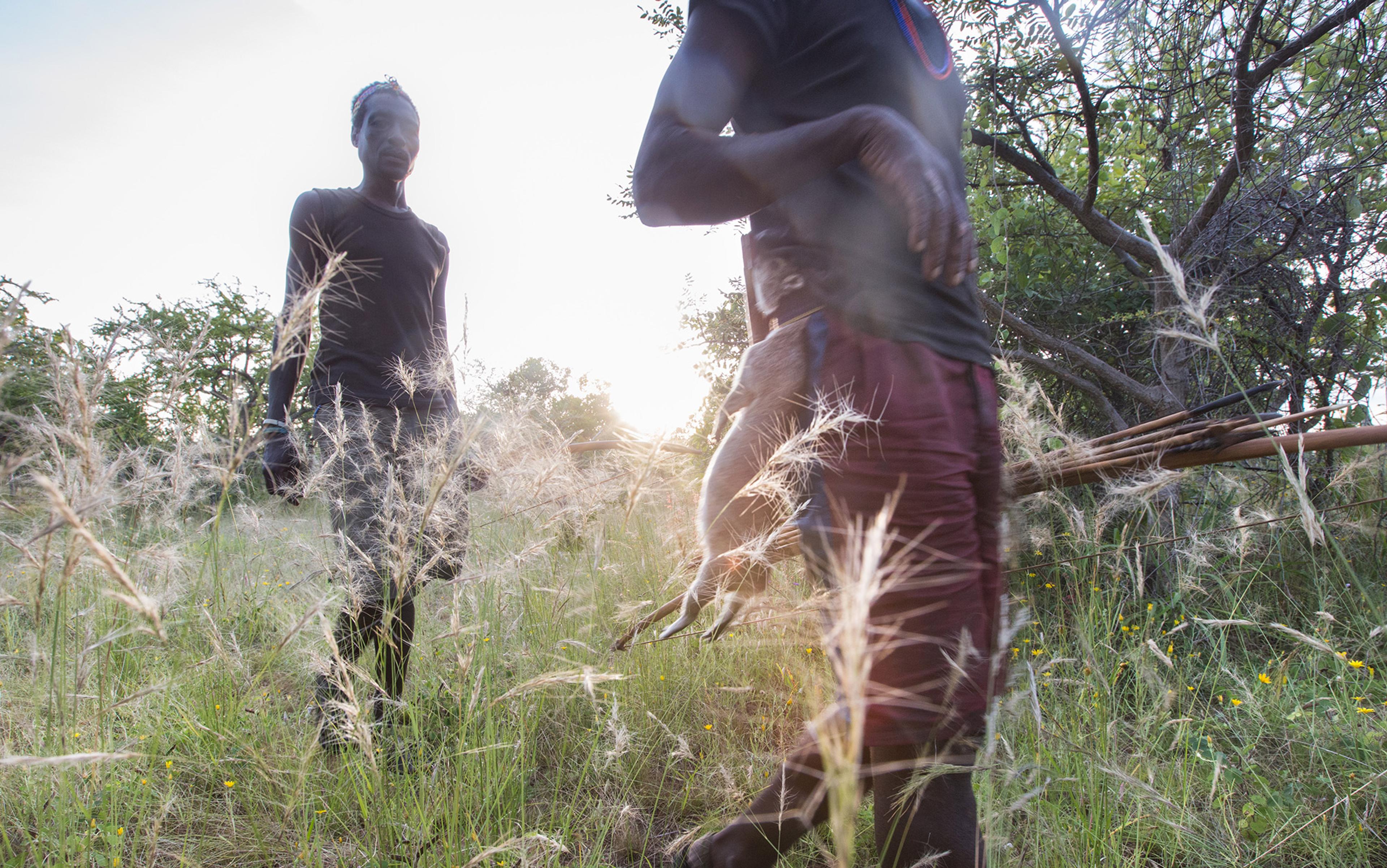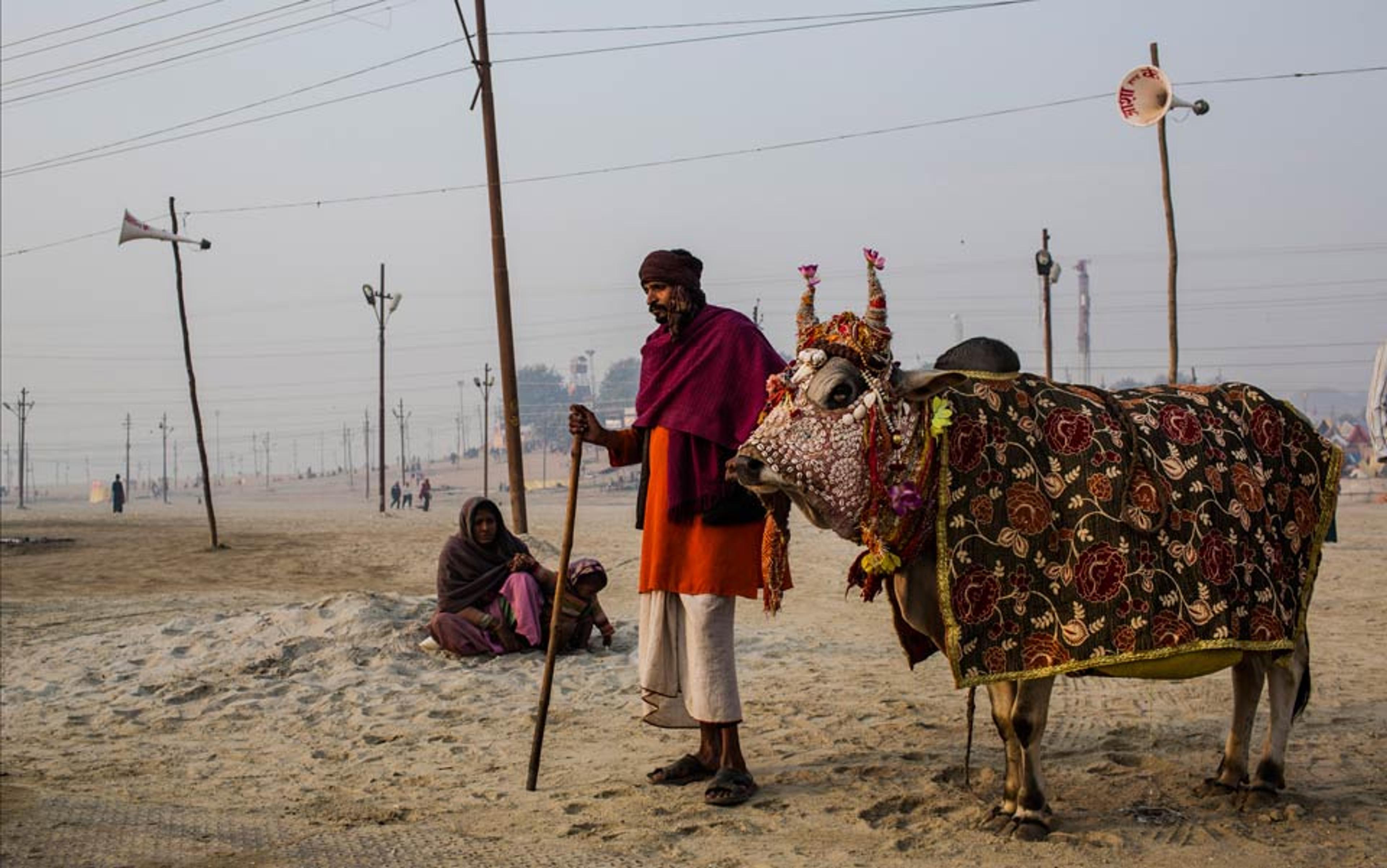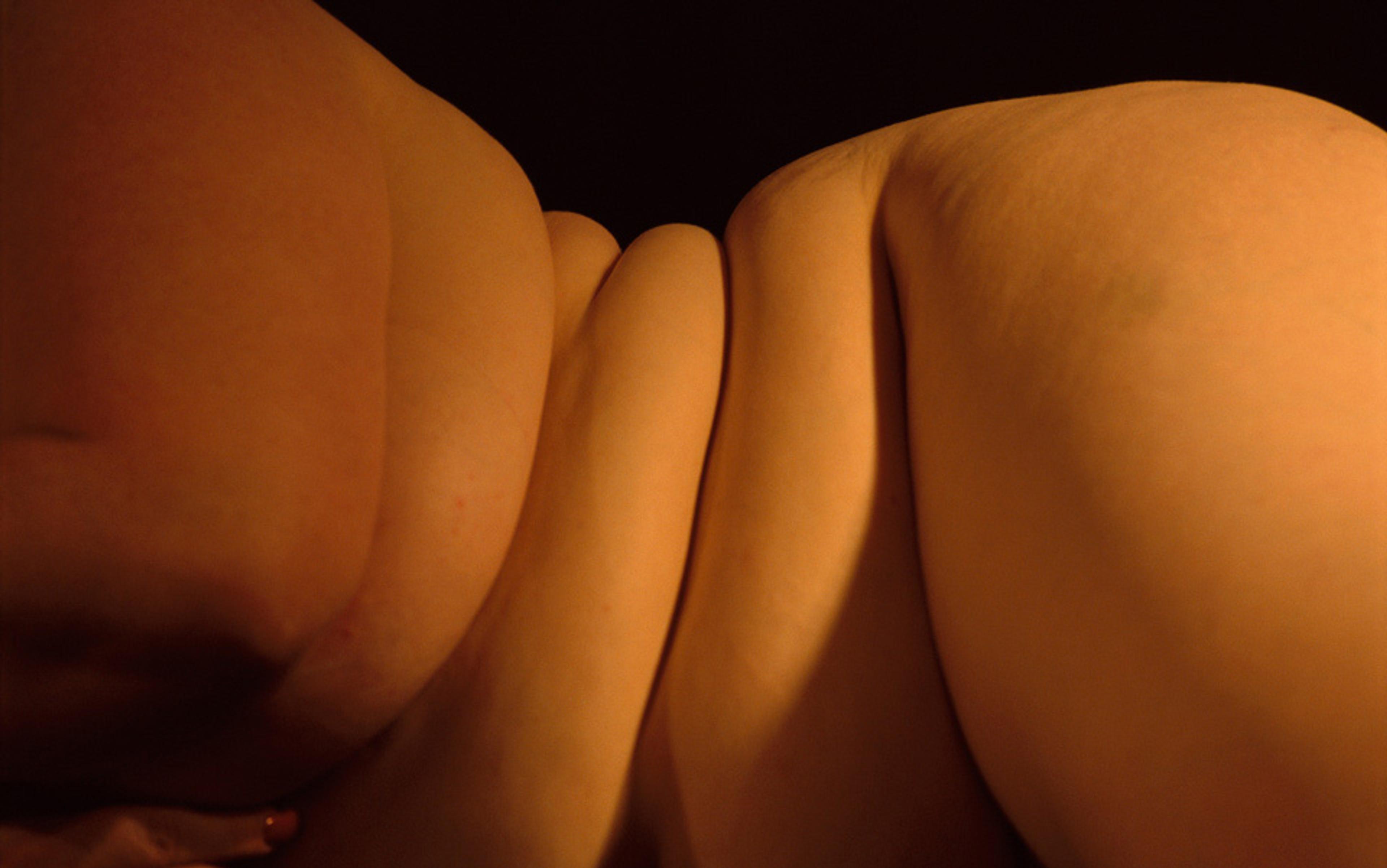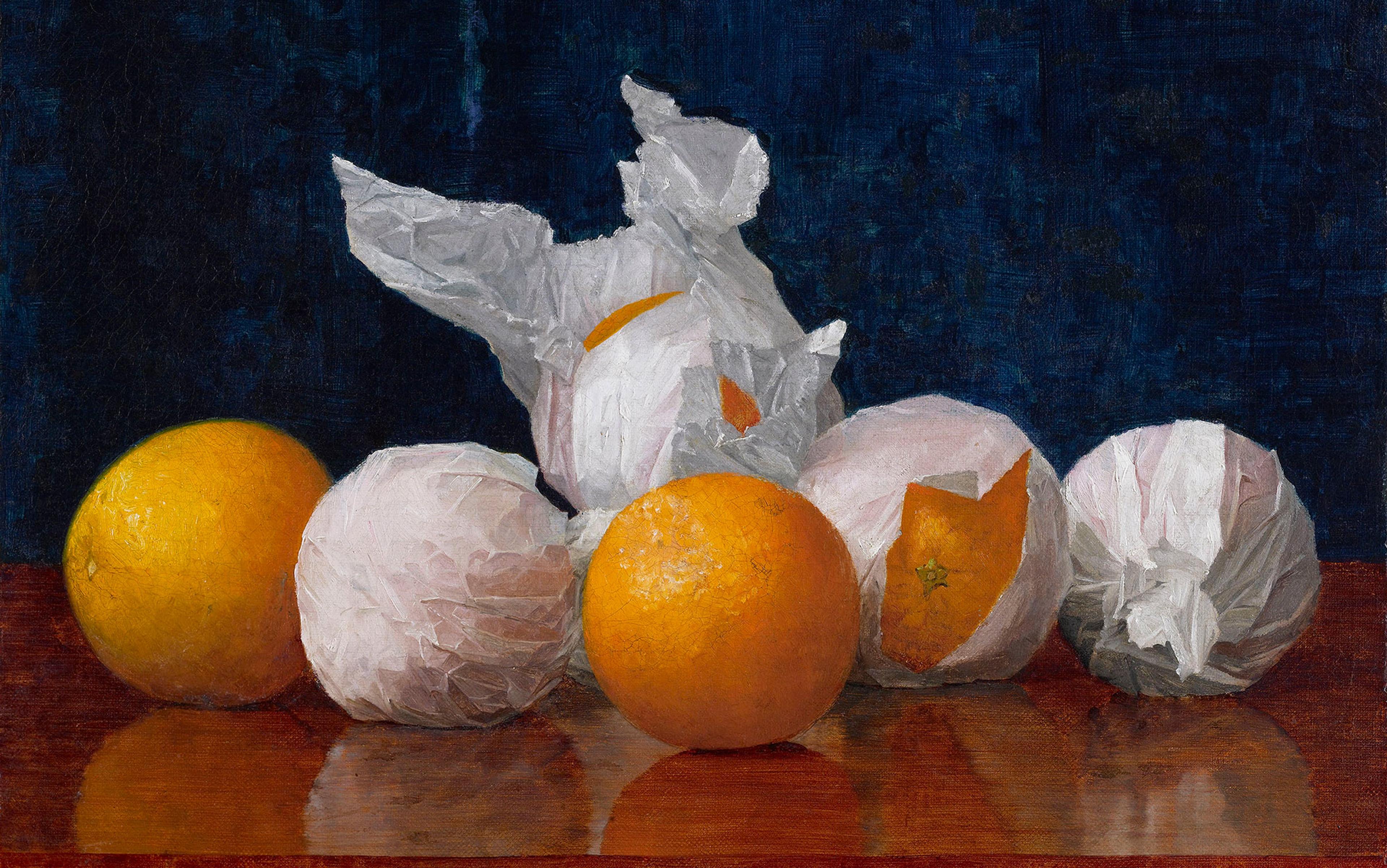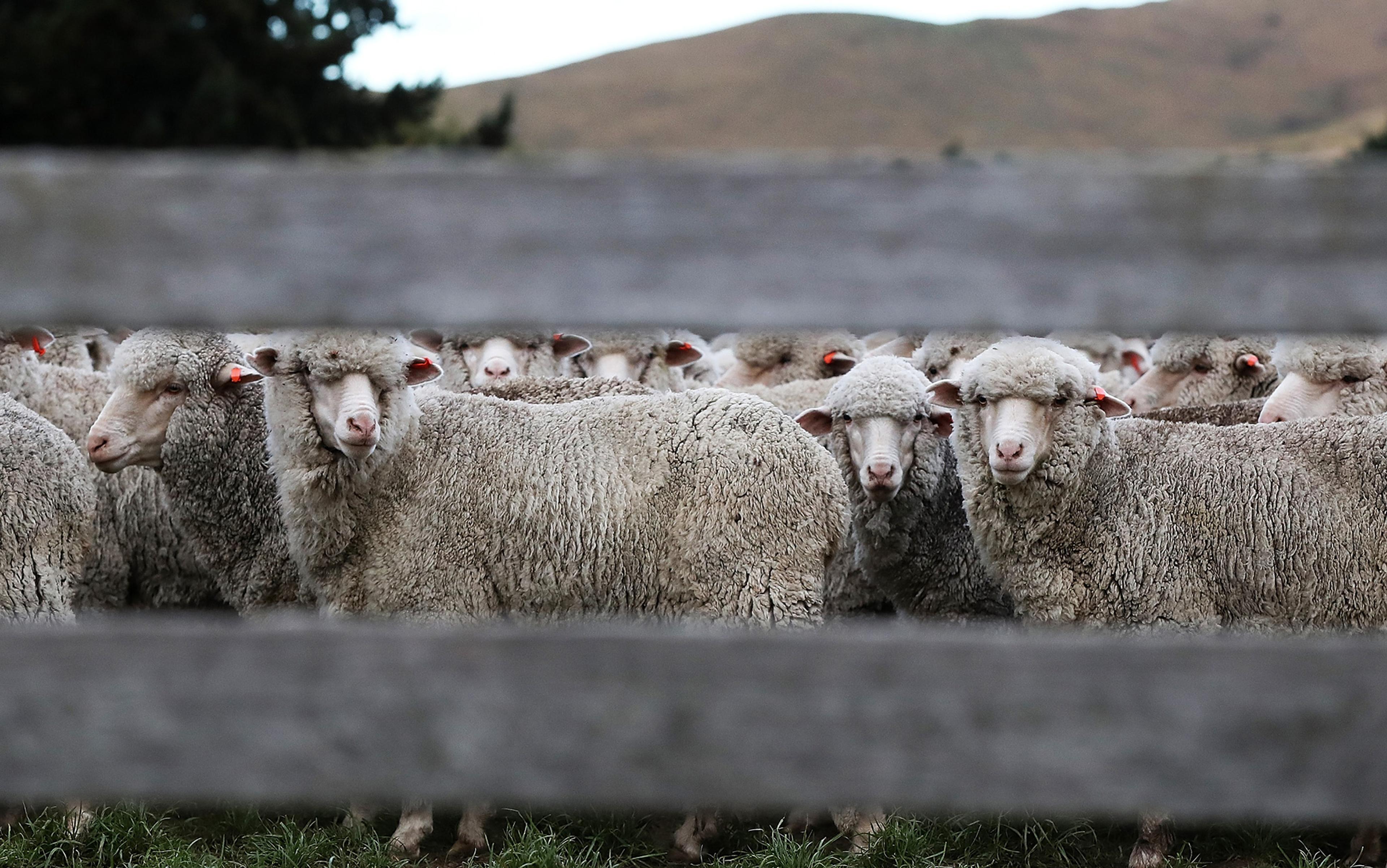Ten thousand desert rats, 10,000 fish, 14,000 sheep, 1,000 lambs, 1,000 fat oxen and many more creatures slaughtered, cooked and served: that is how Ashurnishabal of Mesopotamia (883-859 BCE) pampered almost 70,000 guests for 10 days. The Archbishop of York’s enthronement feast in 1466 CE required 104 oxen, 2,000 geese, 1,000 capons, 1,000 sheep, 400 swans, 12 porpoises and seals, and a great number of other birds and mammals. In an appropriately grandiose sidebar to his ornate reign as king of France, Louis XIV became incapacitated by overeating at one of his own weddings.
Nothing pulls at the imagination like extremes – overwrought banquets and orgies, epic battles, devastating natural disasters, glorious human triumphs. Our omnivorous appetites find extravagant feasts awe-inspiring and enviable, and occasionally disconcerting.
During our hunter-gatherer past, which constitutes 99 per cent of our history as a species, those omnivorous tastes served us well. We routinely dined to capacity on a wide variety of nutritious fare to save us from malnutrition and starvation. (We also, quite frequently, went without food for days or weeks at a time.) Food quality and quantity were unpredictable, as contingent upon human forces such as trade routes as upon the vagaries of weather and natural cycles. Very early on, we adapted to periodic scarcity, leaping at any chance to pile on calories and storable nutrients – for instance, when we found a bush laden with ripe berries, or a rockpool full of tide-stranded shellfish. Those who were quick-witted enough to see an opportunity when it presented itself, and had the physiological means to convert extra calories into fat, were more likely to survive long stretches between meals, and to raise healthy offspring.
These adaptations had long been in place when humankind began its first huge revolution, the agricultural, which allowed food storage. As civilisations sprang up, the main beneficiaries of stuffed grain bins and successful herding – pharaohs, kings and other rulers – could stage banquets to repay political favours, or use them as a sign of power over the have-not majority. The fantastic feast became part of folklore, for the elite.
Alas, socioeconomic inequality was a fact of life in Europe, Asia and many other parts of the civilising world. ‘Food became a social differentiation – a signifier of class, a measure of rank – at a remote, undocumented moment when some people started to command more food resources than others,’ explains the food historian Felipe Fernández-Armesto of the University of Notre Dame in Indiana.
Some of the first food-utopia stories emerged in medieval Europe, a time of deeply entrenched religious belief and feudalism, as well as famine and epidemics. Dreaming of a paradise of easy eating became a popular escape for beleaguered peasants.
Versions of this ideal place include the German Schlaraffenland (‘lazy land’), the Dutch Luilekkerland (‘lazy-luscious land’) and, most familiarly, the Land of Cockaigne, which first appeared in 1250 as a poem in France. All three had in common lavish quantities of food, plenty of leisure time, and an implicit or explicit challenge to the class system.
The land of idle overeating was as surreal as a painting by Hieronymus Bosch. Trees were festooned with comestibles or houses were constructed from them. Various farm animals, already cooked and occasionally stuck with convenient knives and forks, sported about seemingly alive – a benign variation of the undead. Eels and meat pies tumbled from the sky like rain. Rivers ran with wine or milk. Everywhere were animals ready for the eating, sometimes jumping right into the diner’s mouth. The gruelling work of raising domesticated beasts and fowl, slaughtering and cooking them, disappeared.
In his book Dreaming of Cockaigne (2001), Herman Pleij, emeritus professor of medieval Dutch literature at the University of Amsterdam, describes the period’s fear that an ‘already-wretched earthly existence would suddenly take a turn for the worse’. To cut the anxiety, fantasy food-utopias spliced the daily fight for survival with ‘the humour of hyperbole to produce hilarious topsy-turvy worlds’. Cockaigne was a return to the Garden of Eden, a terrestrial version of Heaven, perfecting upon Nature, eliminating pain, discomfort and want of any kind. In that magical land, the human struggle within the food chain was finally over, and we were free – not only of being prey, but also of being fully predatory too. It also removed the backbreaking and miserable labour involved in farming for the benefit of overlords.
The willingness of animals to be food in Cockaigne echoes some Native American stories in which prey such as deer or rabbits offer themselves to hunters who treat them well. For Native Americans, the idea of a mutually respectful arrangement could be called enlightened self-interest; a sustainable hunt would ensure a future for subsequent generations of both the animals and the hunters who want to eat them. By contrast, the mostly domesticated animals in the land of Cockaigne are willing no matter how the diners behave. As in any fantasy, natural laws do not apply.
One constant seems clear: gluttony – shameful or proud – persists as exuberant overeating at social gatherings, eating contests and shopping sprees at price-club MegaMarts. But by any other name it is still a reminder of the polarised privilege inherent in agrarianism and our more precarious past.
Pleij contends that, if the people of medieval times could see us now, ‘Modern-day Europe [would represent] in many respects the realisation of Cockaigne: fast food is available at all hours, as are climatic control, free sex, unemployment benefits, and plastic surgery that seemingly prolongs youth.’ Without having to be all that historically savvy, today’s marketers can exploit consumer lust based on human nature alone. In fact, it might be one of the easiest ways to get consumers to part with their money: boggle their minds with food worthy of a feast, making it easy to acquire and consume.
The capacity for excess might explain the frequency with which humans have brought desirable wild-animal populations to, and sometimes over, the brink of extinction. Three North American species stand out: the passenger pigeon, whose population nosedived from billions to zero by 1914; the American bison, which was reduced from continent-wide herds of more than 30 million to barely 1,000 by the mid-19th century, and today mostly hangs on in regulated herds; and the North Atlantic cod, whose size and numbers supported one of the richest international fisheries in history.
In all cases, hunters faced with unimaginable bounty never had – or quickly lost – any notion of sustainable practice. It must have seemed almost ridiculous to take fewer animals, hardly worth the cost or political backlash involved in government regulation. Indeed, someone I knew who worked at Fisheries and Oceans Canada often complained, in the 1980s, that his research team’s dire prognostications about plummeting cod populations were falling on deaf ears. The result was the collapse of cod stocks in the Grand Banks off Newfoundland, and a 1992 commercial-fishing moratorium that exists to this day.
Although far less fecund populations have been blasted, speared or netted into oblivion over the millennia, the three species mentioned above are notable for being exceptionally numerous to start with. They might even have hastened their own decreases by dazzling us with their stupendous numbers. It is easy to blame the people of other times and other circumstances for ecological short-sightedness, but imagine standing in a field in 19th-century Pennsylvania and watching millions of passenger pigeons pass overhead, darkening the sky for days: would you stop and wonder if shooting wagonloads of them every week was a bad long-term plan?
A pig joyfully beckons would-be diners to the establishment doling out the flesh of its fellows
On the other hand, as the relatively recent mismanagement of the northern cod stocks illustrates, there is no excuse for disregarding the needs of future generations because of short-term abundance right now. Maybe no amount of research or moral restraint can curtail what comes naturally to us. Fernández-Armesto believes that the tendency to engage in overkill is ‘a human characteristic’, and therefore not restricted to one place or time in history (as tempting as it might be to heap all the blame on men of European extraction). ‘Overexploitation is a common hazard of hunting, because hunting cultures tend to be competitive: there is no point in conserving game to be killed by a rival,’ Fernández-Armesto explains.
The combination of abundance and facility takes further forms still. In North America and Europe, signs advertise chicken, beef and pork dinners with, respectively, a hen or rooster, a steer or a pig joyfully beckoning would-be diners to the establishment that happens to be doling out the flesh of its fellows. It could be a form of black humour to depict livestock so willing to be eaten. As the English travel writer Peter Mayle observes in French Lessons (2001), the intention is to be playful and enticing:
The French are not normally sentimental about their food, but they do like whatever it is they are about to eat to look happy … Thus, in butchers’ shops and market stands, on posters and wrapping paper, you will see … [c]hickens smile, cows laugh, pigs beam, rabbits wink, and fish smirk. All of them seem to be thrilled that they will be making an important contribution to dinner.
The English novelist Douglas Adams deals with this absurdity in a witty scene from The Restaurant at the End of the Universe (1980). Arthur Dent and his friends are ordering food. An animal approaches their table, a ‘large fat meaty quadruped of the bovine type with large watery eyes’. It addresses the group:
‘Good evening,’ it lowed and sat back heavily on its haunches, ‘I am the main Dish of the Day. May I interest you in parts of my body?’
Arthur is at first bewildered then outraged when he is told that he is meant to choose and eat a cut of the living animal. When Arthur’s alien pals show confusion at his reaction, he explains that it all feels ‘heartless’, then orders salad.
An easy kill is desired, yet still feels wrong. Like so many other human traits, the opposites here reside as a powerful pair in the collective consciousness. A certain squeamishness about death coexists with the understanding that any nonvegetarian repast costs a life, perhaps not entirely unlike our own in anatomy and emotional range. We grasp the cost, but gluttony – part of our biology – is still the rule. That biology is hardly unique, and neither is the fact that culture acts upon it, creating a kind of ‘theme and variations’, but the vast number of permutations might be ours alone.
In The Time Before History (1996), the English science writer Colin Tudge observes that human and nonhuman omnivores alike tend to be wasteful in their gorging – over the short or long run:
[A] non-specialist predator – one that can eat many different kinds of animals, or eats both meat and plants omnivorously – is not dependent on any one prey species. When the favoured prey is reduced, it simply changes diet. But if the favoured prey is truly favoured, then the predator may pick it off in passing even after it has become rare … In general, animals like us – which eat opportunistically, and simply shift their diet when the favoured prey becomes rare – are able to break the ecological law which says that predators are bound to be rare relative to their prey.
The ecologist Jennifer Dunne, an expert on food webs and professor at the Santa Fe Institute in New Mexico, points out how prey-switching can turn on itself – by placing more value on a scarce commodity, partially because it is scarce. Bluefin tuna are in very high demand in the international sushi market, so they get hunted commercially. As they’ve become more rare, they’ve become more valuable. ‘You get this perverse anti-ecological dynamic,’ Dunne explains. ‘In an ecological system, as something becomes rarer and harder to find, its ecological value goes down. That’s why predators prey-switch: they have to expend too many calories to try to get that prey, or it’s too dangerous. But in a luxury market, all of a sudden you get the perverse incentive to hunt more because it’s worth ever more money.’
The hyperbole of a spectacular feast and the idea of a $3-million tuna erase animals’ realities
Biology might give us the appetite and physiology for this dietary drive, but culture encodes and excuses it, and too often exaggerates it, creating a strange, exculpatory feedback loop. Breaking the circle would require top-down management of almost draconian levels, since mere regulation and slap-on-the-wrist fines would simply drive the market underground, along with the trade in ivory and pangolin scales. Once again, products of the imagination – whether it is the hyperbole of a spectacular feast, the fantasy of a place where food is easily available and worry-free, or the idea of a $3-million tuna – erase animals’ realities.
The all-you-can-eat buffet table and the ubiquitous fast-food outlet are today’s real-life Cockaigne: easy, cheap, uncomplicated. The image of a roasted pig running around with a knife in its back obviates the tension surrounding the kill by avoiding the kill itself. The sheer quantity, not to mention the facility of access, does something to our relationship with the living or once-living food itself. Boggled by abundance (with a splash of fantasy), the mind can avoid dealing with unpleasant thoughts, primarily the pain and distress an animal experiences during pursuit (or confinement) and slaughter. As with the case of the vanishing tuna, even the knowledge of scarcity might fail to curtail the drive to acquire a high-status, fantasy food. Its symbolic value (in addition to the gustatory one) almost erases the fact that it involves a living, feeling being, let alone one with a critical role in its ecosystem.
This is how we are: gluttonous, ravenous, lazy and short-sighted. To act any differently, the intellect must use complex arguments from philosophy and science to suppress millennia of adaptation. It’s tough. Famine sticks in our cellular memory; the fat and protein in meat provide some of the best actual insurances against it, so biology cries Eat it! Culture adds that meat must not only be easy to find, but easy to acquire. Thus the land of plenty is also the land of the lazy. And the lazy have the additional luxury of denying the uneasy truth behind their easy meals.
